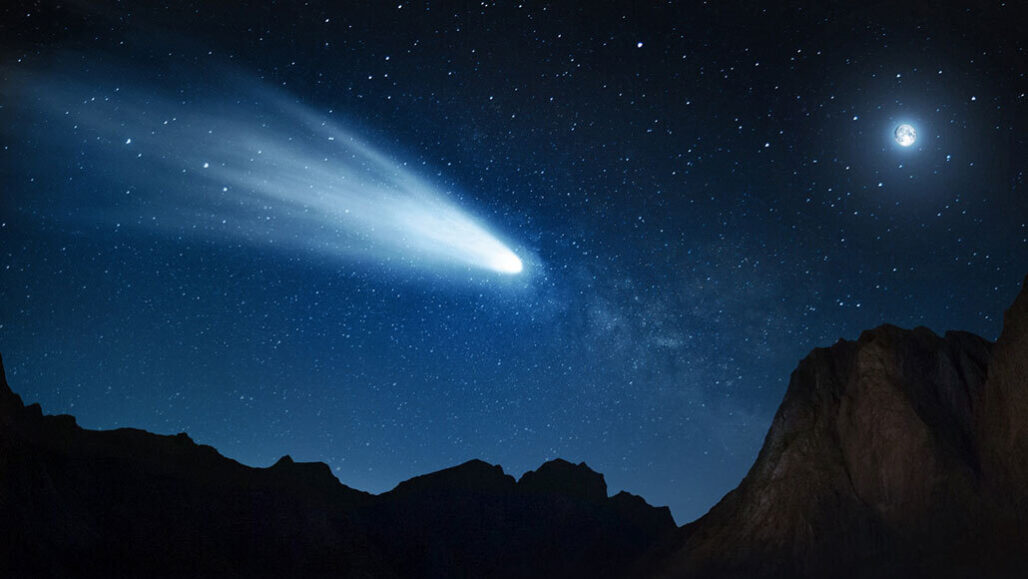
"We have an opportunity here to see the birth of a comet as it starts to become active," says planetary scientist Kat Volk of the University of Arizona in Tucson.
The object, called P/2019 LD2, was discovered by the ATLAS telescope in Hawaii in May. Its orbit suggests that it's a centaur, a class of rocky and icy objects with unstable orbits. Because of that mixed composition and potential to move around the solar system, astronomers have long suspected that centaurs are a missing link between small icy bodies in the Kuiper Belt beyond Neptune and comets that regularly visit the inner solar system (SN: 11/19/94).
These "short-period" comets, which are thought to originate from icy objects in the Kuiper Belt, orbit the sun once a decade or so, and make repeat appearances in Earth's skies. (Long-period comets, like Halley's Comet, which visits the inner solar system once a century, probably originate even farther from the sun, in the Oort cloud (SN: 10/25/13).)



Reader Comments